A trip to Qtopia Sydney, the largest LGBTQ+ museum in the world
A must-visit for any queer traveler in the "Emerald City."

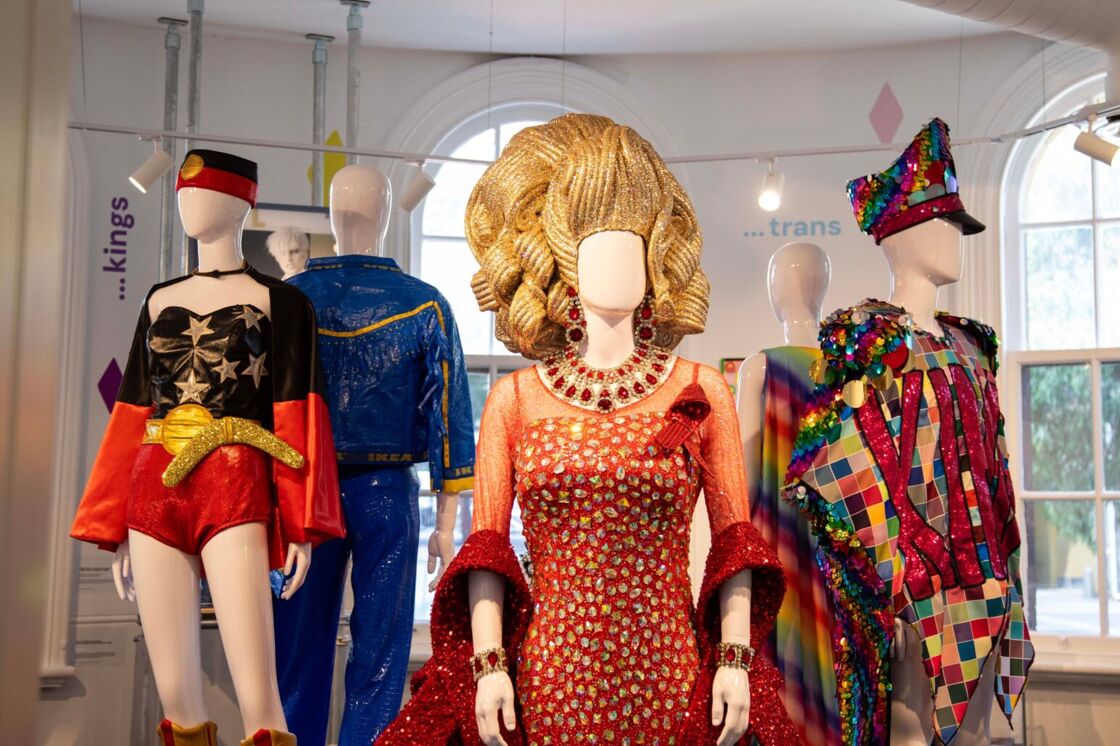
While in Sydney to celebrate Mardi Gras — the Australian term for Pride celebrations — I set out to visit (and chronicle) the largest LGBTQ+ museum in the world: Qtopia Sydney.
The museum, which opened in 2024, is a must-visit for any queer traveler in the “Emerald City.” And before arriving, I knew the space would be a beacon for turning pain into power, as it’s housed in a former police station that holds significant symbolic value for the queer community in Sydney.
This is where some members of Sydney’s community who demonstrated during Sydney’s first gay protest in 1978 were taken when they were arrested. Many were battered and forced to stay in tiny cells. I had seen some of those brave queer elders march during Mardi Gras and was moved to tears, knowing what they had done to pave the way for freedom for us, the younger generations of queer folks.
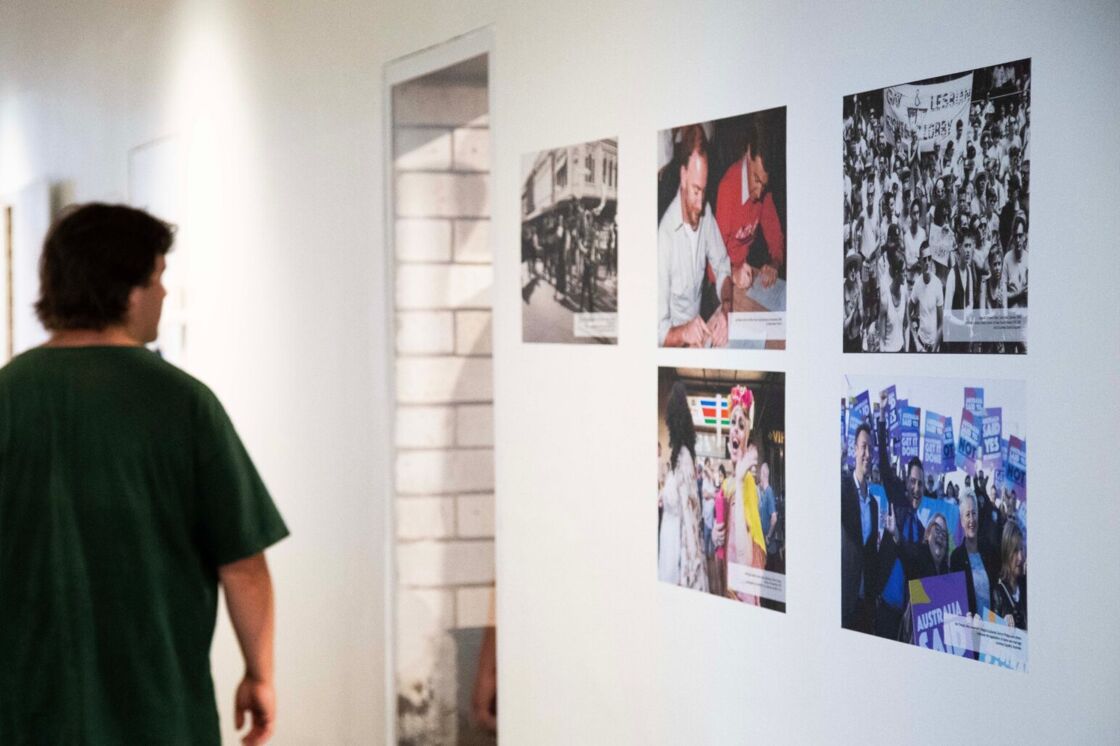
Remarkably, the community has reclaimed the heritage-listed Darlinghurst police station, making it the permanent home of Sydney’s first Centre for LGBTQ+ History and Culture. Today, those harrowed cells that once housed the individuals demonstrating for their rights in ’78 are now exhibit spaces showcasing educational galleries about LGBTQIA+ history, culture, and community in Sydney.
Pack your bags, we’re going on an adventure
Subscribe to our weekly newsletter for the best LGBTQ+ travel guides, stories, and more.
Subscribe to our Newsletter today
As I entered the museum, I was faced with the permanent exhibit, “HIV/AIDS Memorial.” It’s a virtual memorial displaying the names, photographs, and stories of some of the Australians who died during the HIV/AIDS epidemic. I could’ve spent the entire morning reading the personal accounts of these people — it was an honor to hold space for their memories.
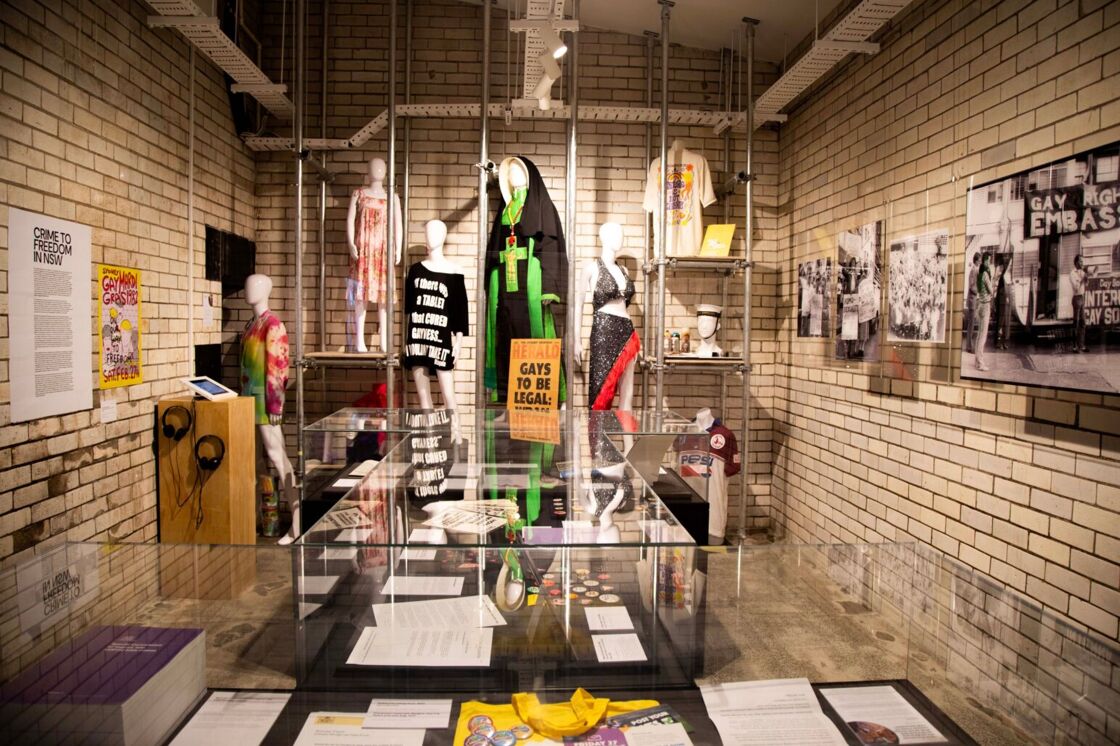
Intentionally, the communal space for grief doesn’t focus on medical details or statistics, but on the history of who these people were. Another exhibit in the museum, “Ward 17th South,” is a replica of the first room dedicated to HIV/AIDS treatment at St Vincent’s Hospital.
Stepping into the first cell was incredibly jarring for me. It’s deliberately quite void to showcase what those who were held here would have had to experience. The “1978 – Hour by Hour” exhibit focuses on the police brutality towards the LGBTQ+ community in Australia, much of which happened in that very cell.

As a WLW journalist, I spent quite some time devouring the “Lesbians on the Loose” exhibit, featuring clips from the eponymous lesbian-owned and written magazine that ran for three decades. While there are a few lesbian media websites, it was thrilling to know there was once a print magazine dedicated to WLW.
All in all, the museum is a balance of heart-wrenching and heartwarming temporary exhibits. As I’m not Australian, it was a great introduction to queer culture in the country. I was moved by the exhibition that highlights queer Aboriginal history, had a blast learning about Joyce Mange (one of Australia’s most beloved drag queens), and loved seeing all the memorabilia from Australian pop icon, Kylie Minogue.
Still, my favorite exhibit was “BE: DAZZLED,” which features costumes worn to Mardi Gras.
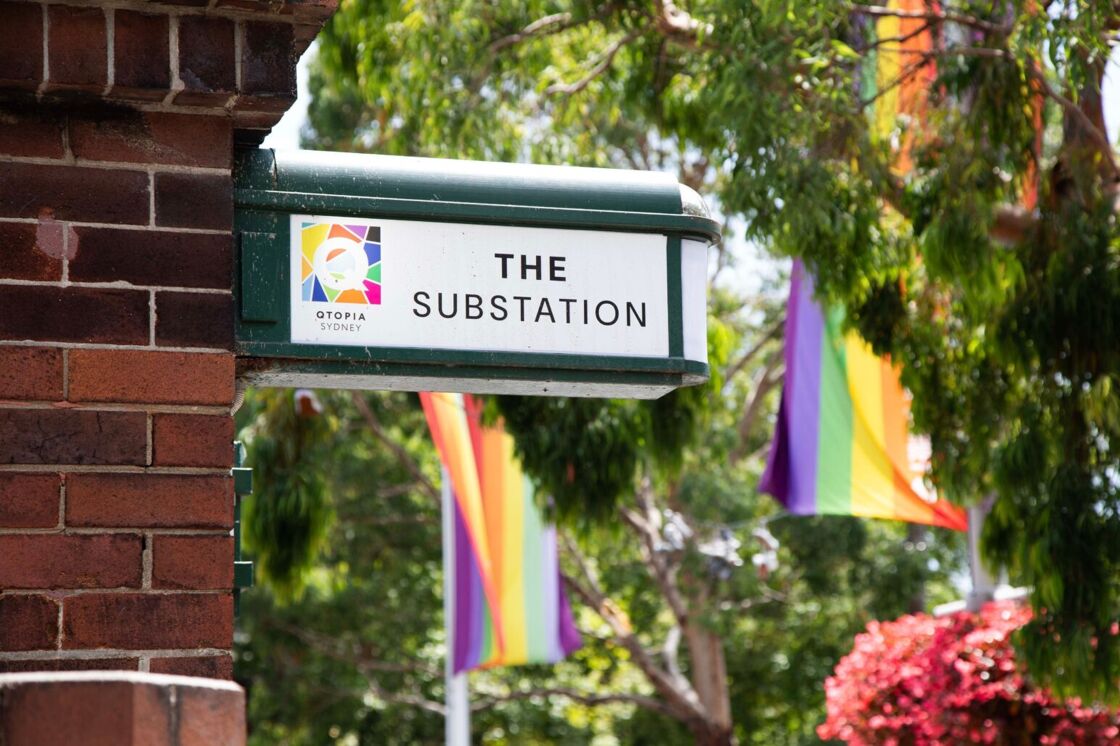
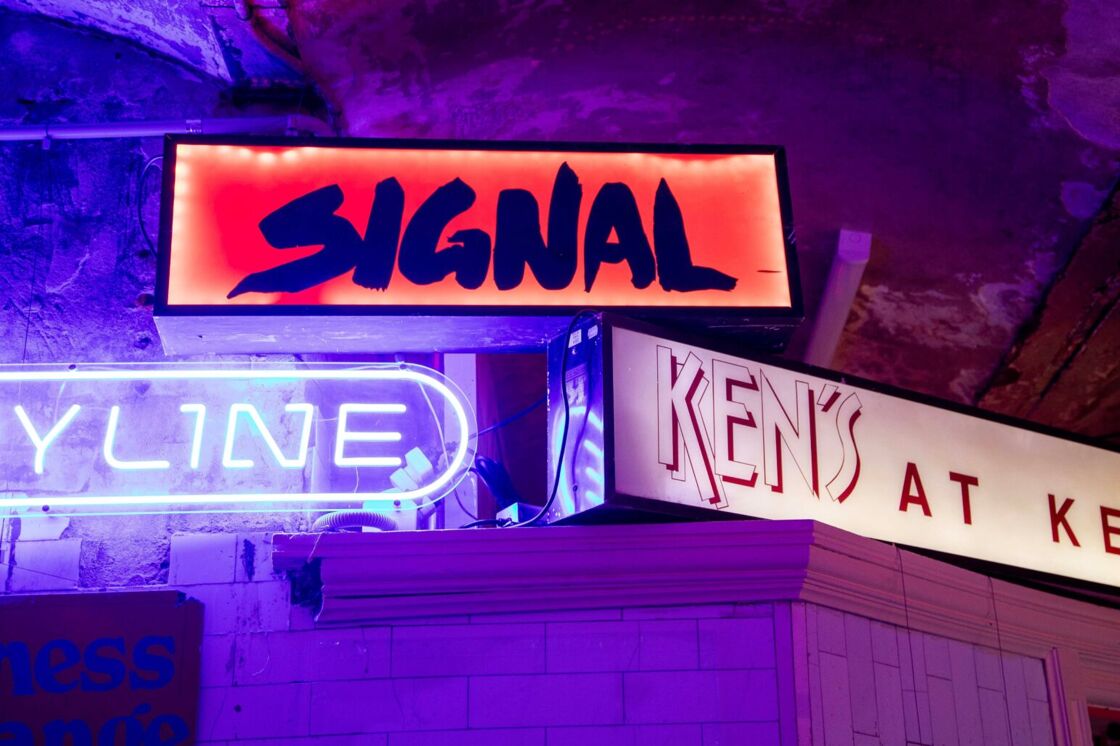
If that weren’t enough, the history continues with “The Underground,” an award-winning permanent exhibit located in the former men’s public toilet, situated just outside the museum. It felt like entering a time capsule, as the graffiti was remarkably well-preserved.
The space honors the queer hookup culture that took place meters away from police, even though same-sex relations were illegal at that time.
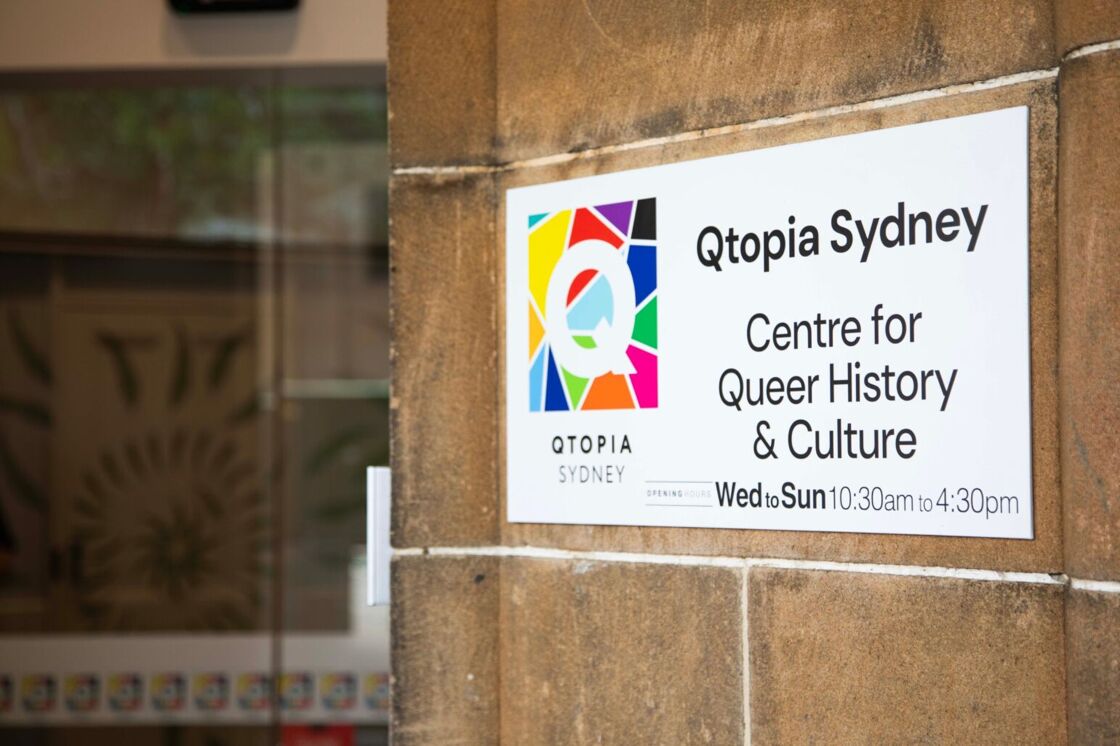
Related
[PHOTOS] Glitter, gyrations, and gorgeous guys: Sydney Mardi Gras turns up the heat
The three-and-a-half-hour parade was a blur of color, confetti, and glitter, with the occasional politician.
Join the GayCities newsletter for weekly updates on the best LGBTQ+ destinations and events—nearby and around the world.

 Mark
Mark 





